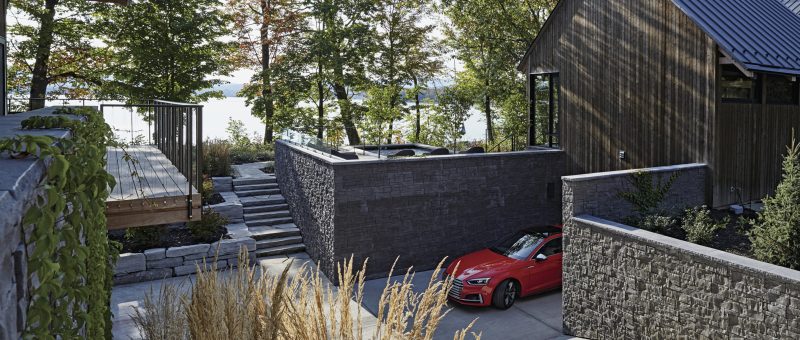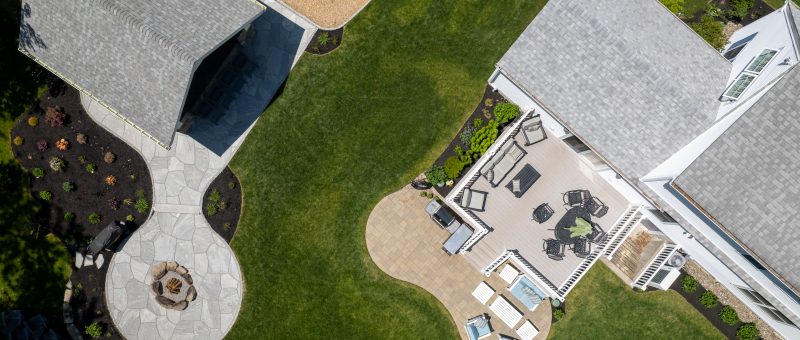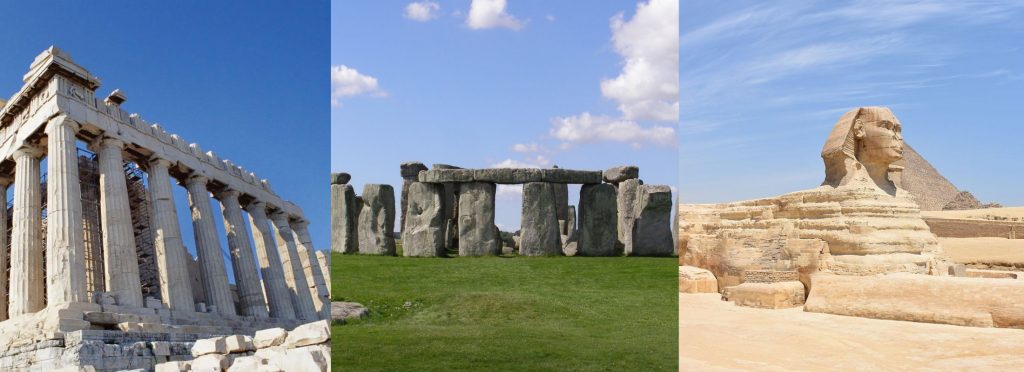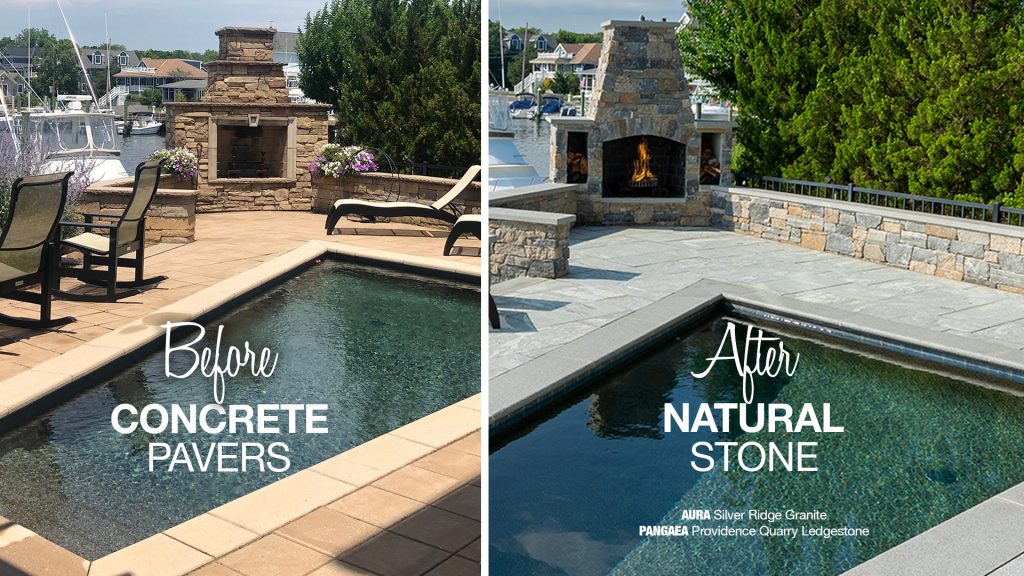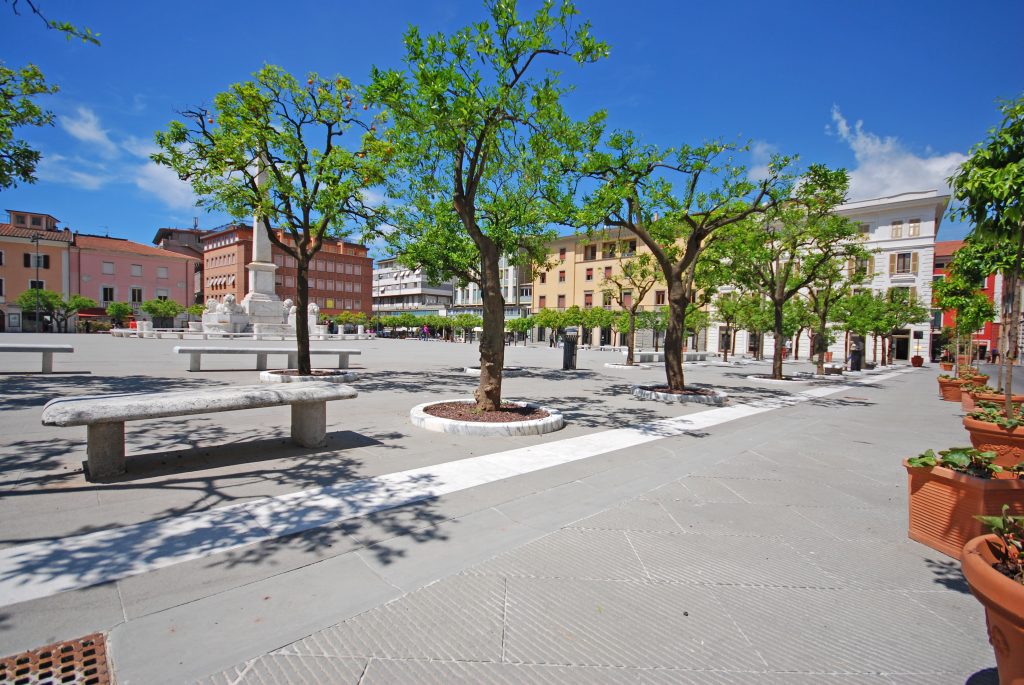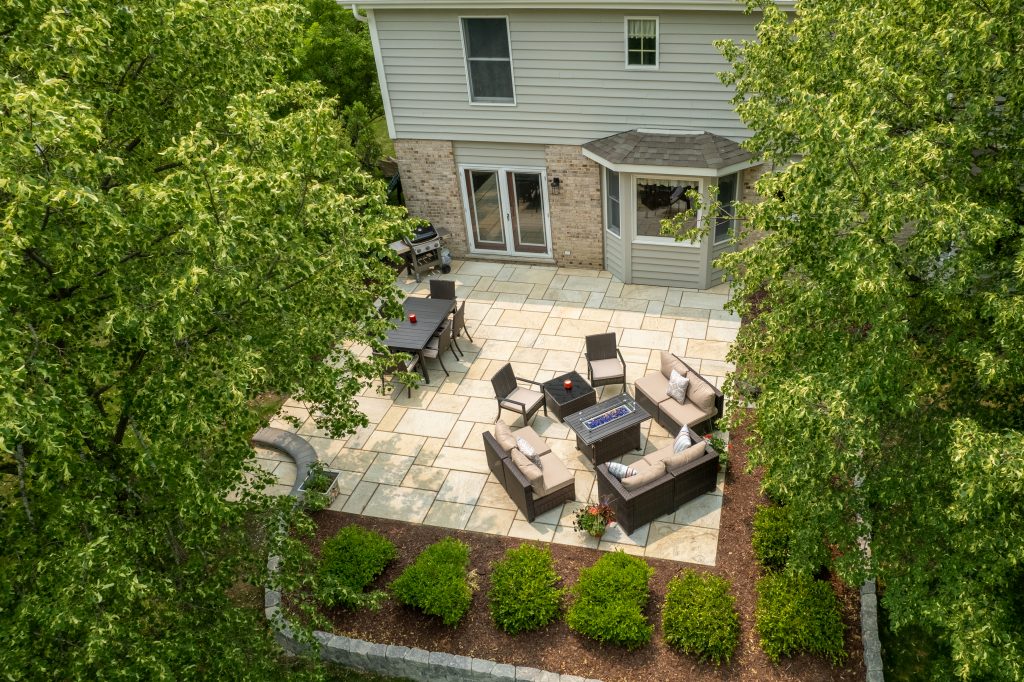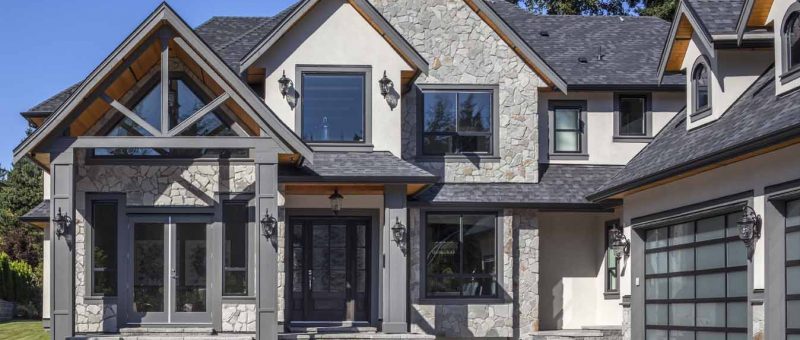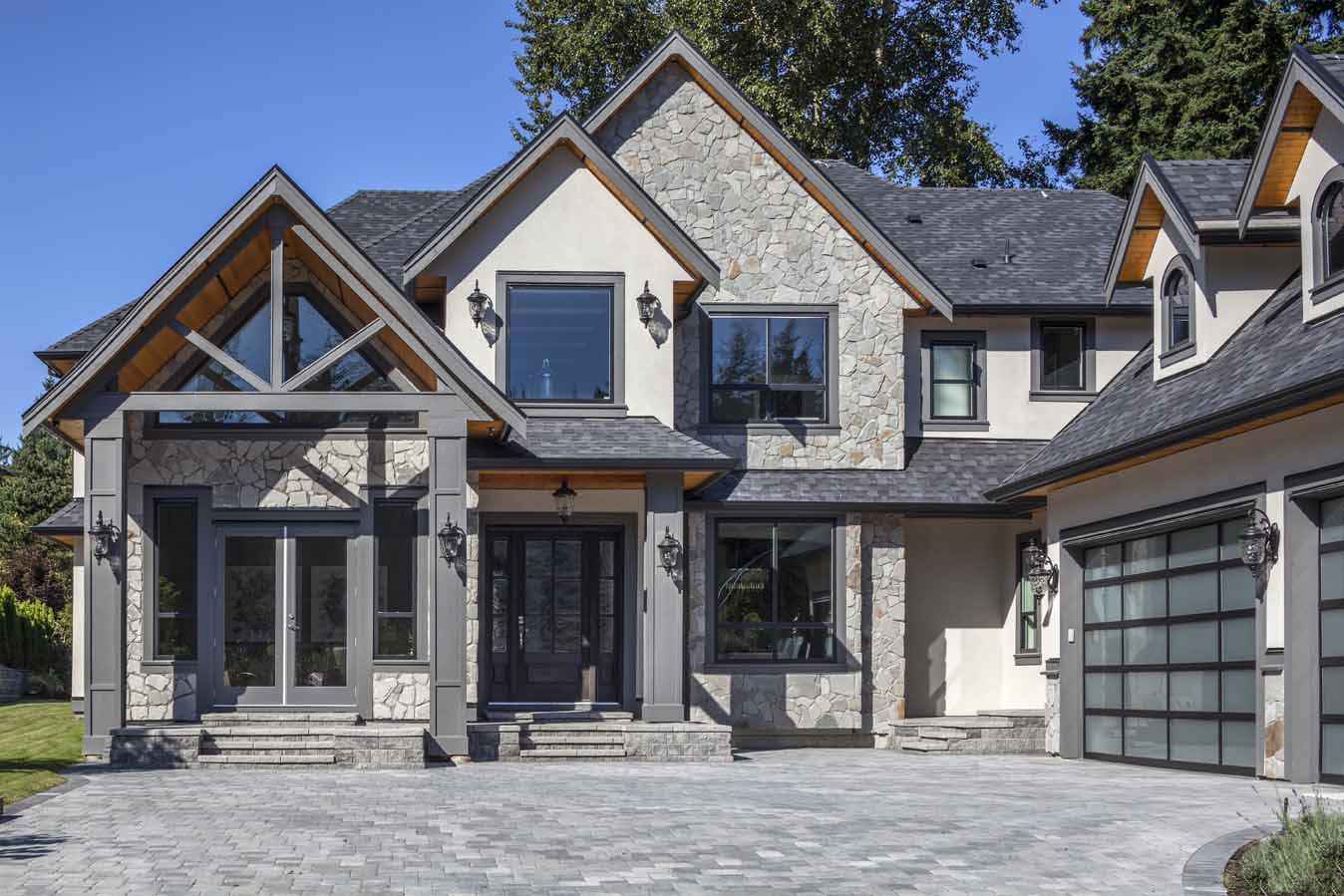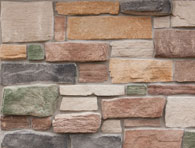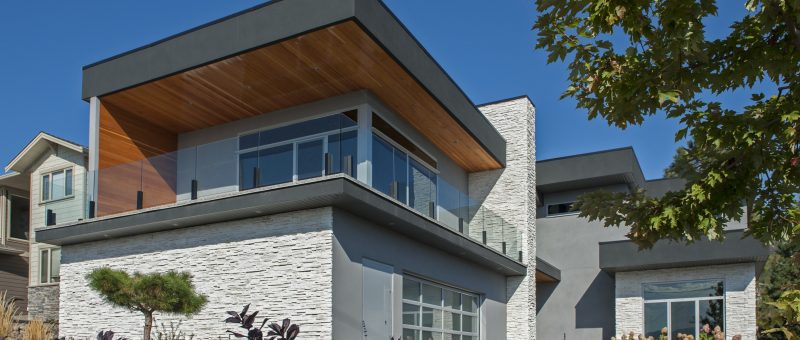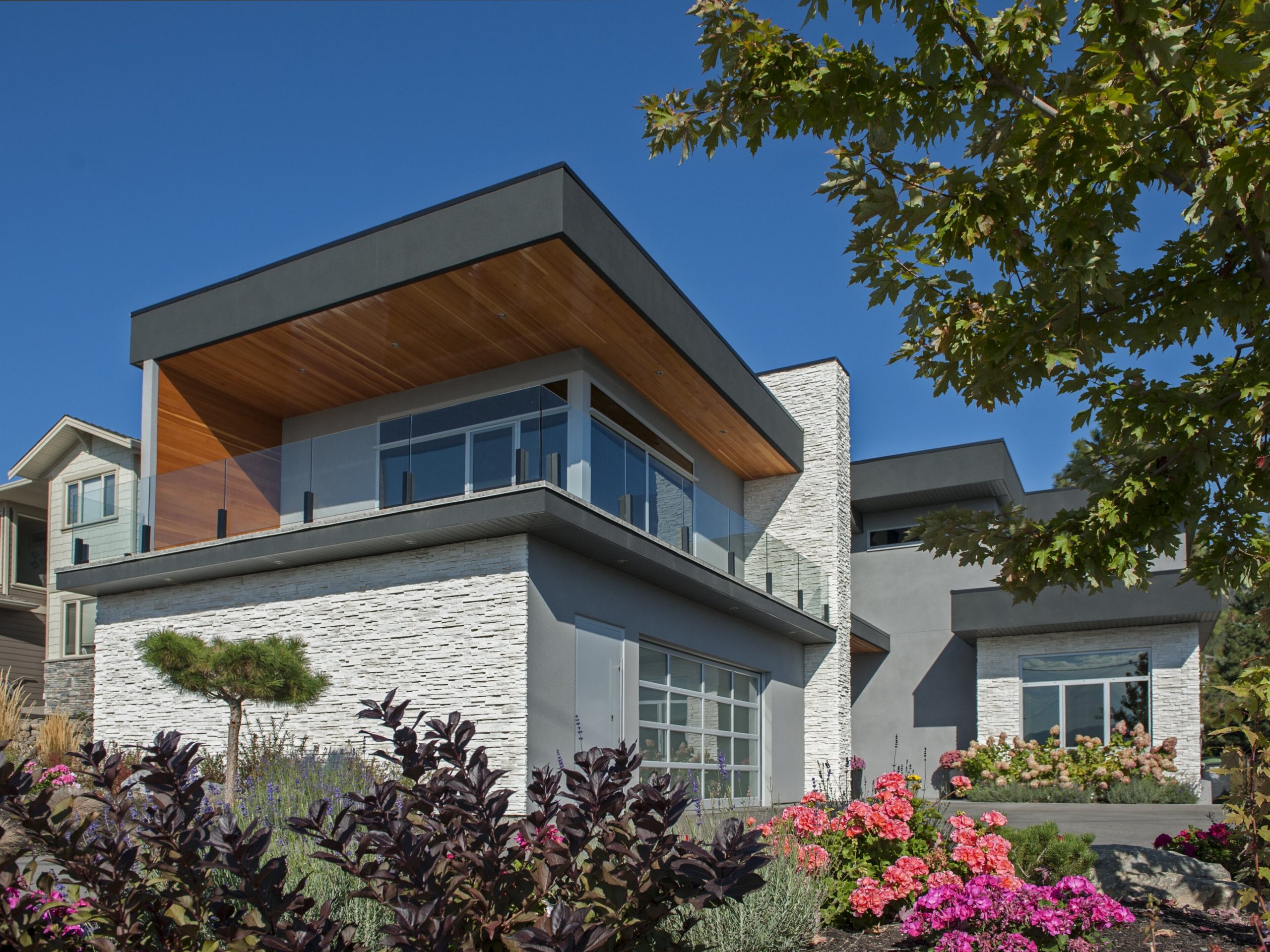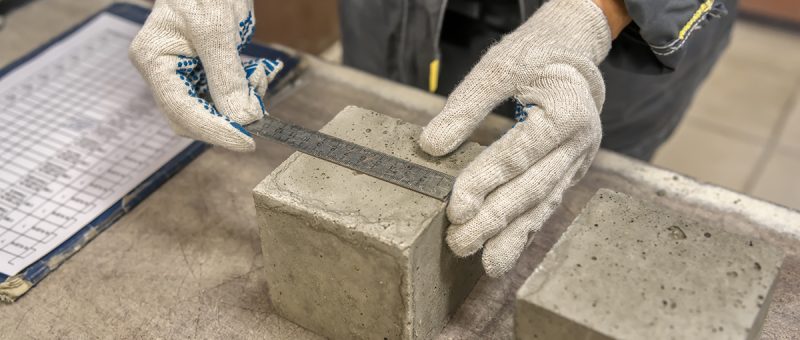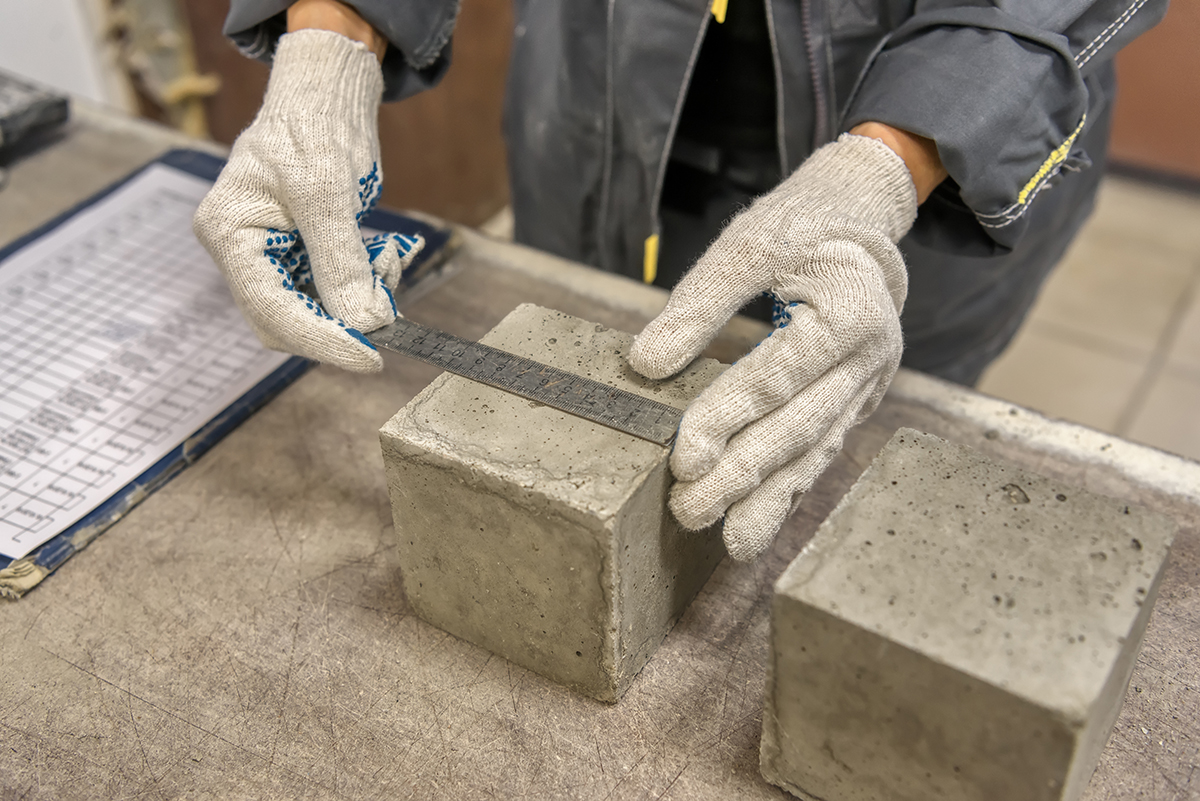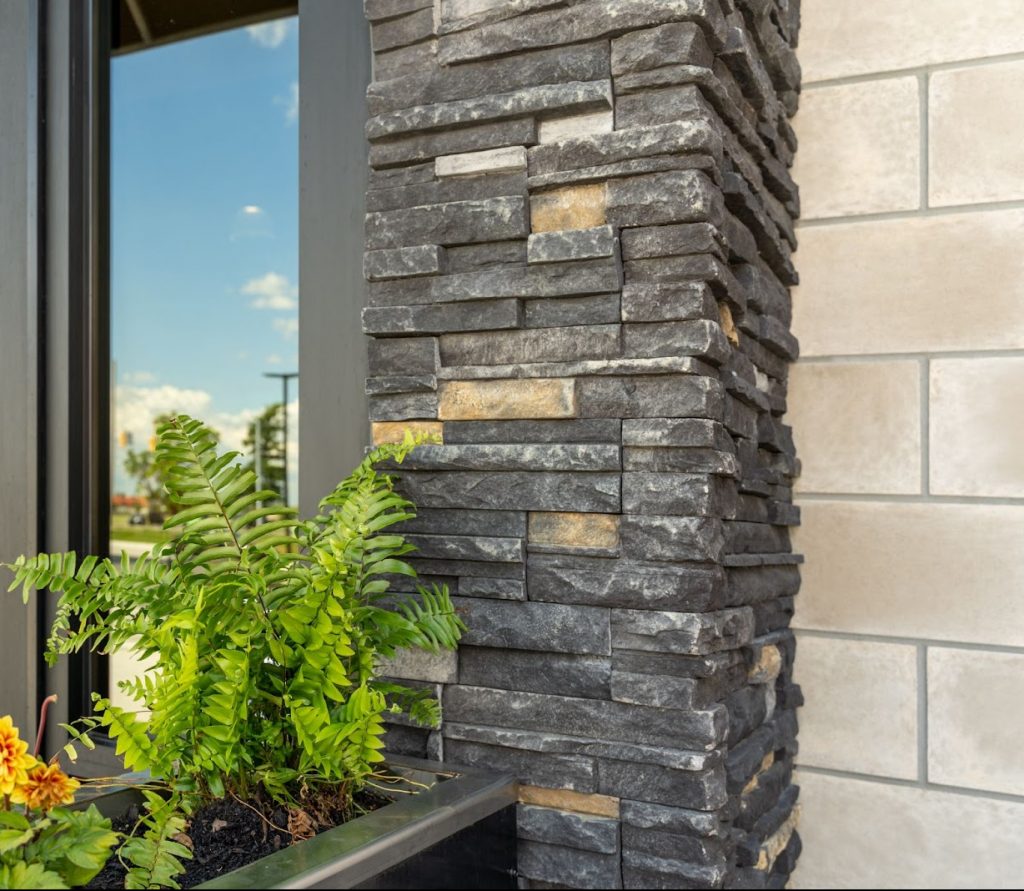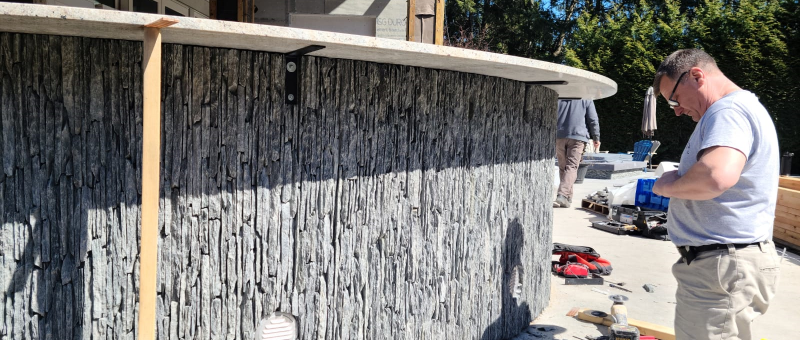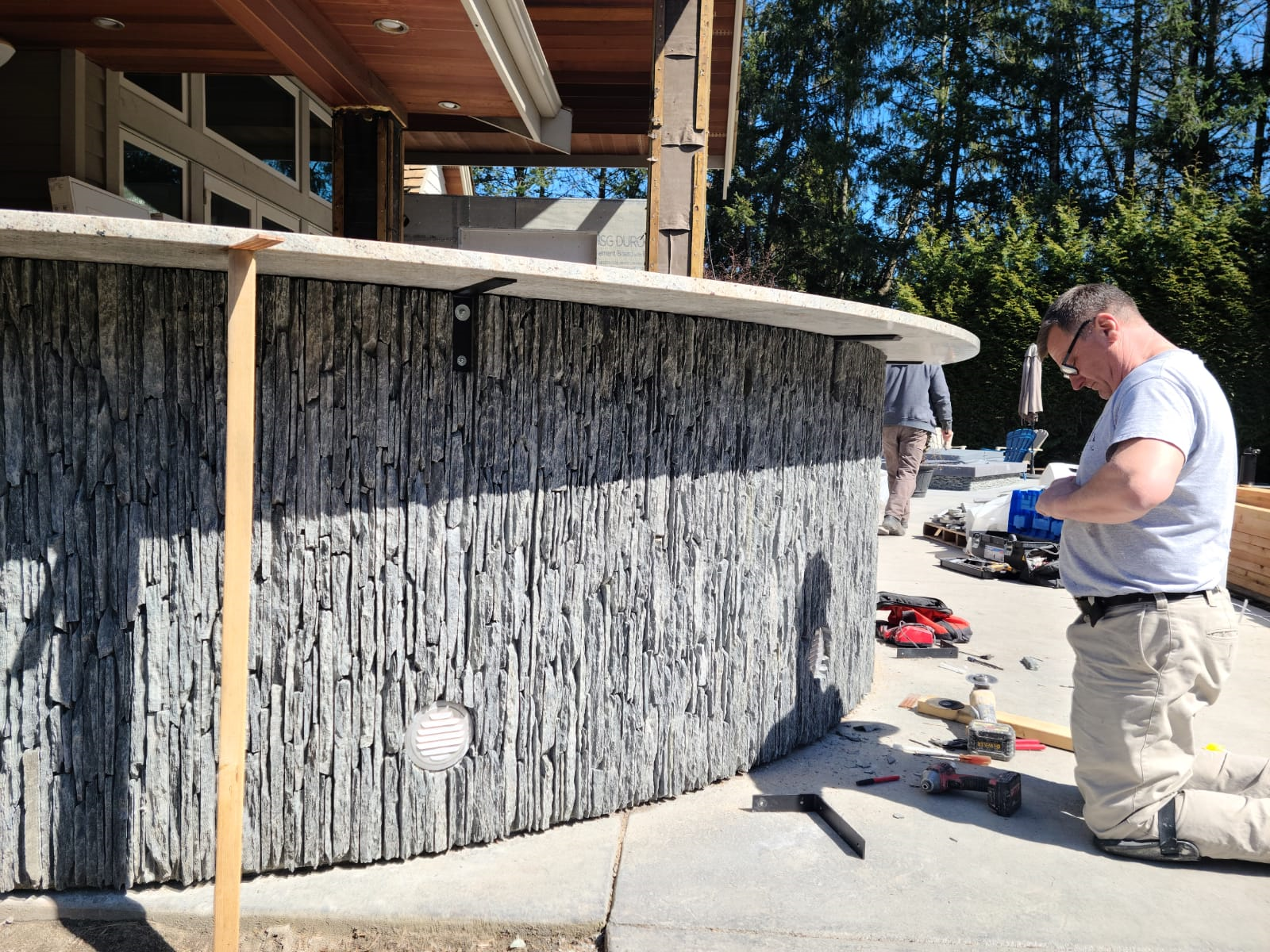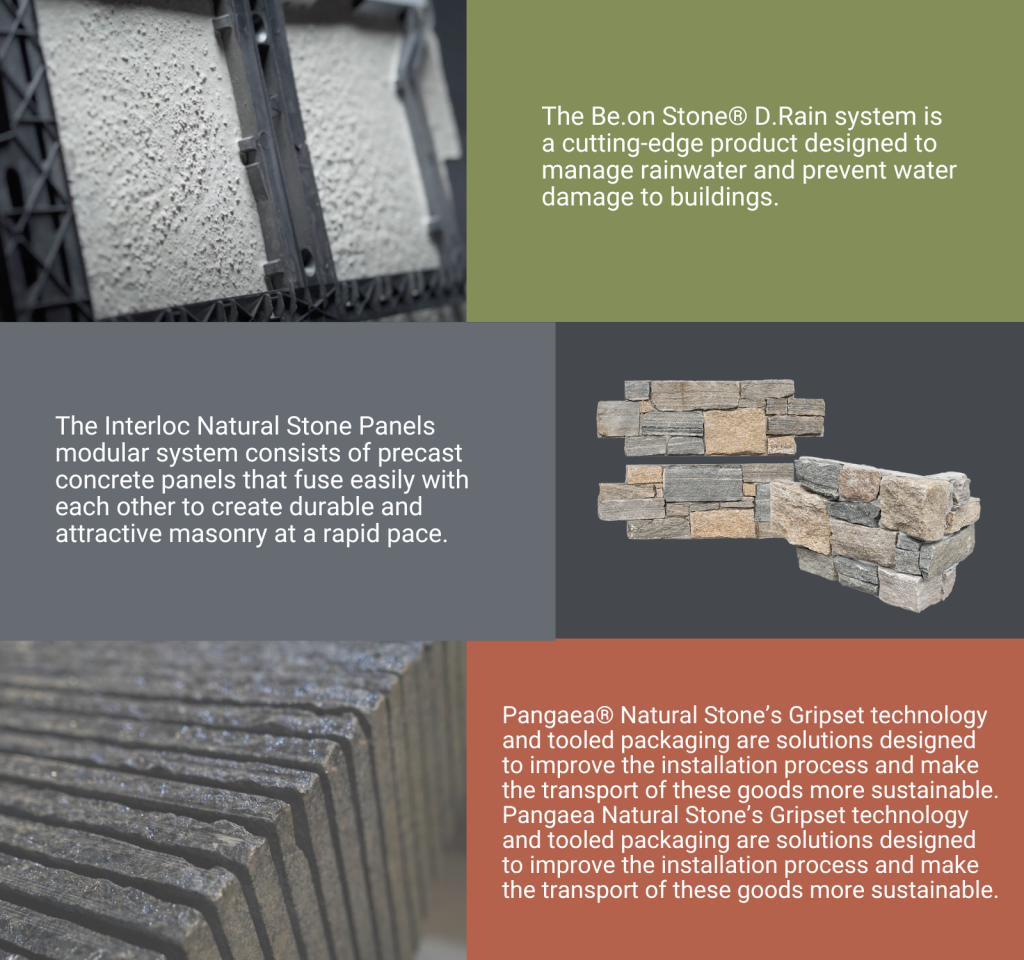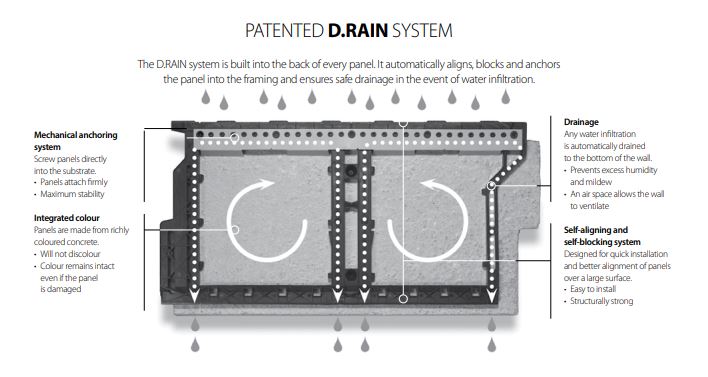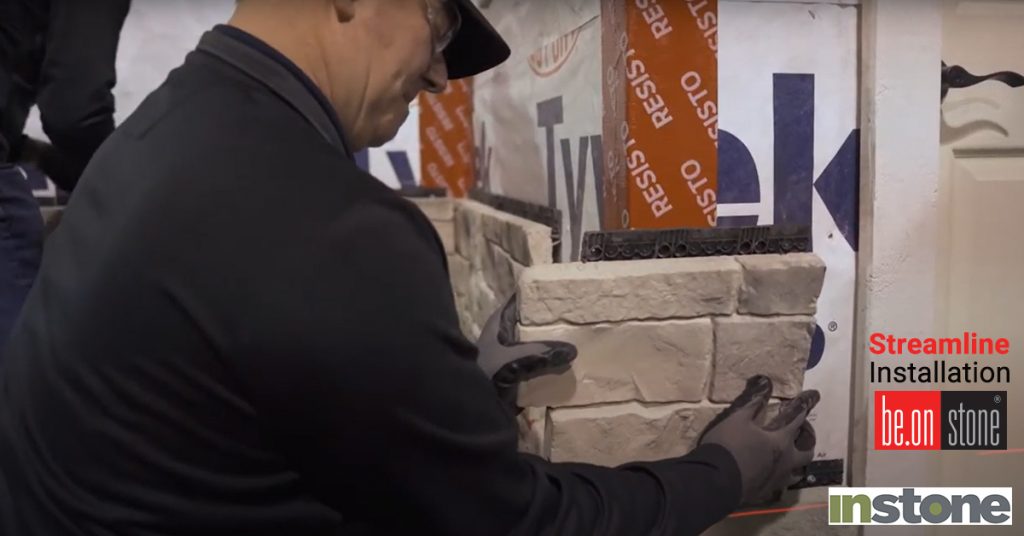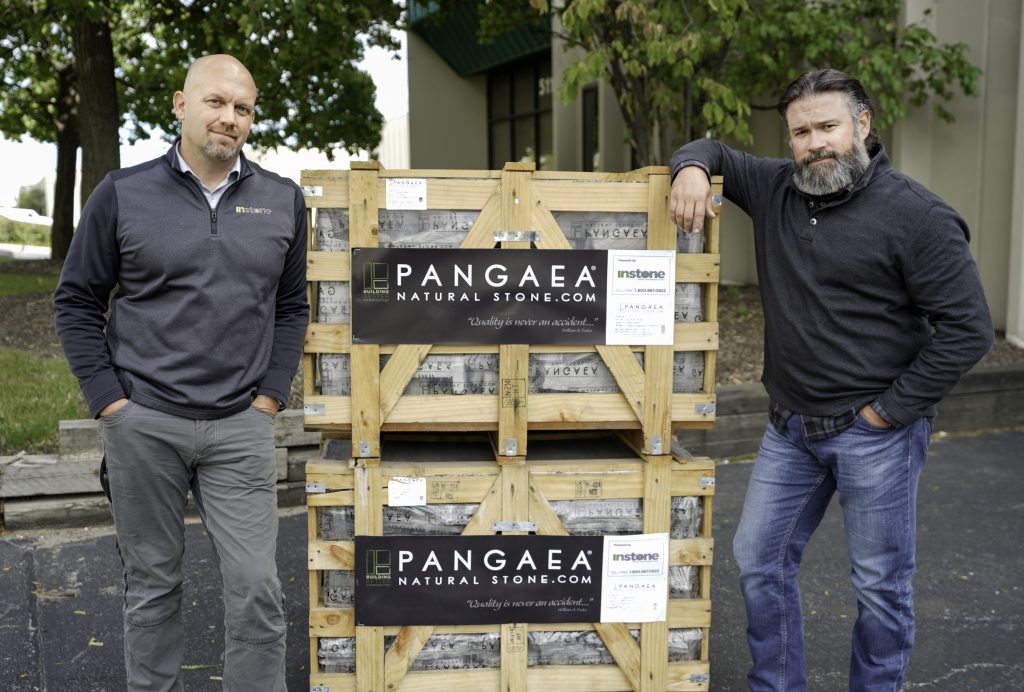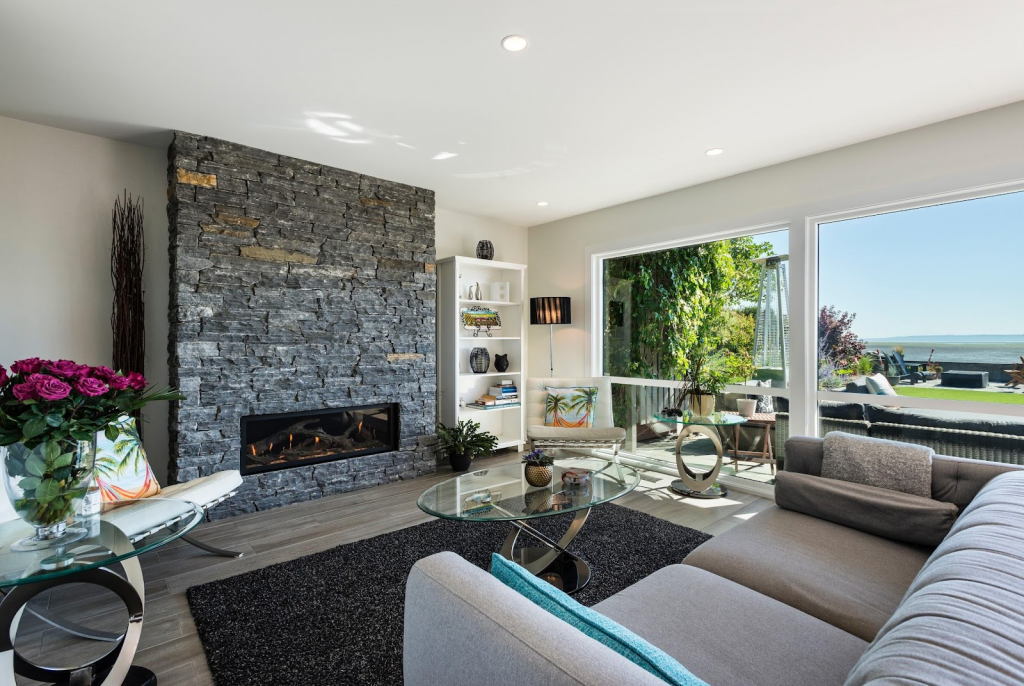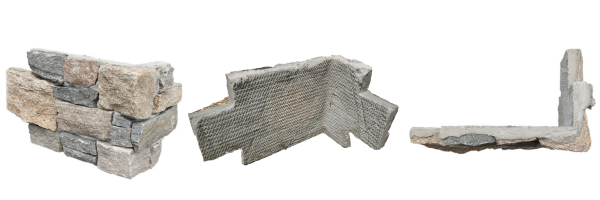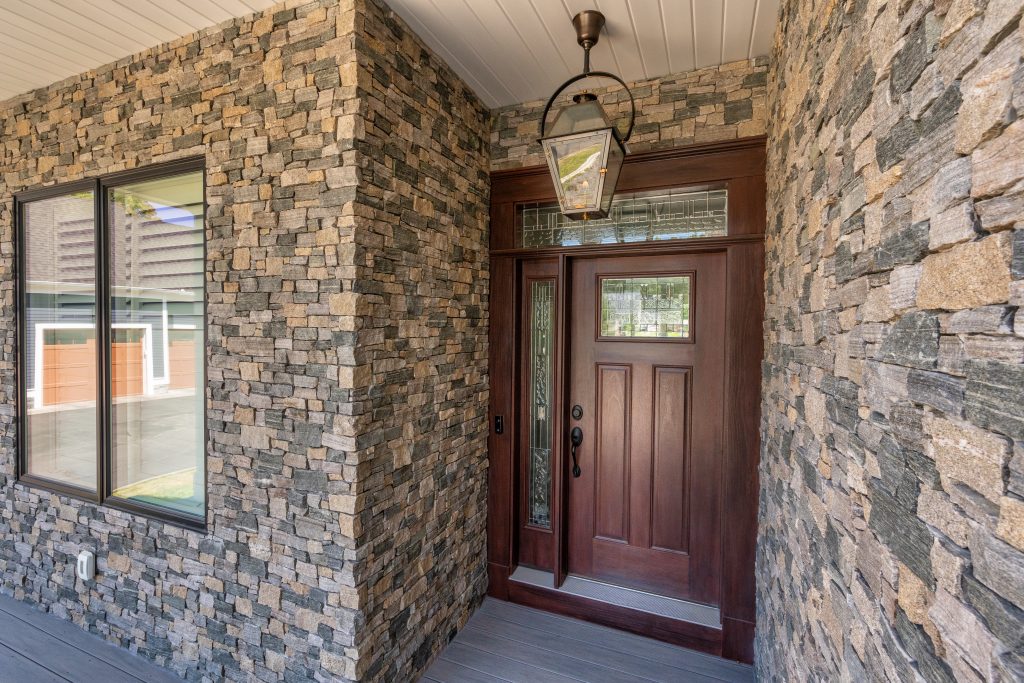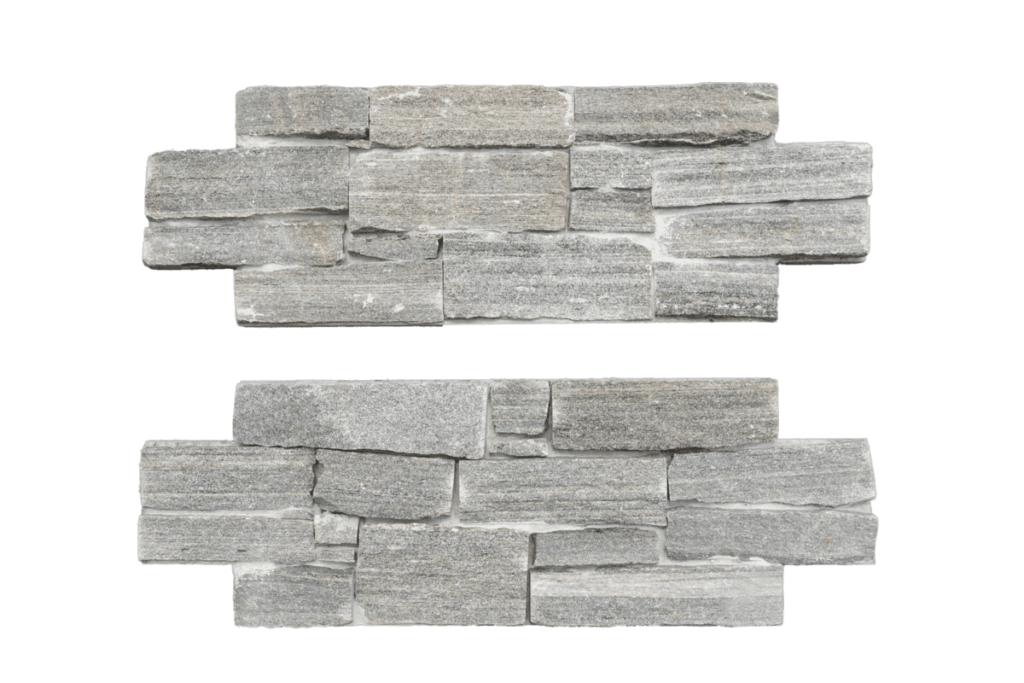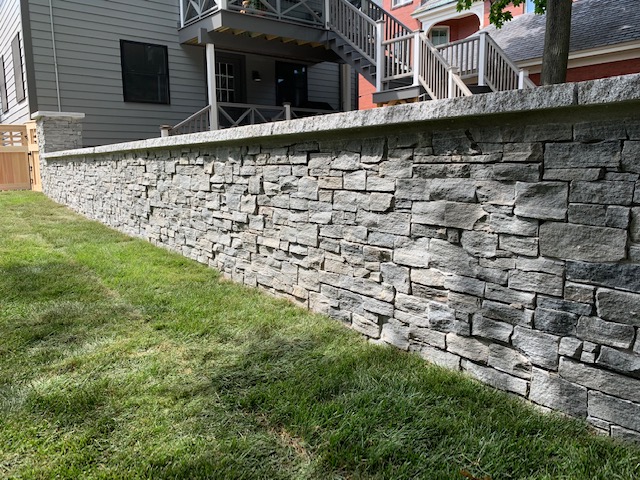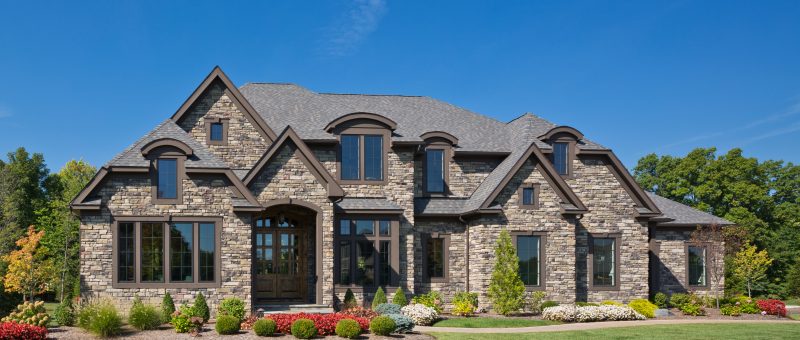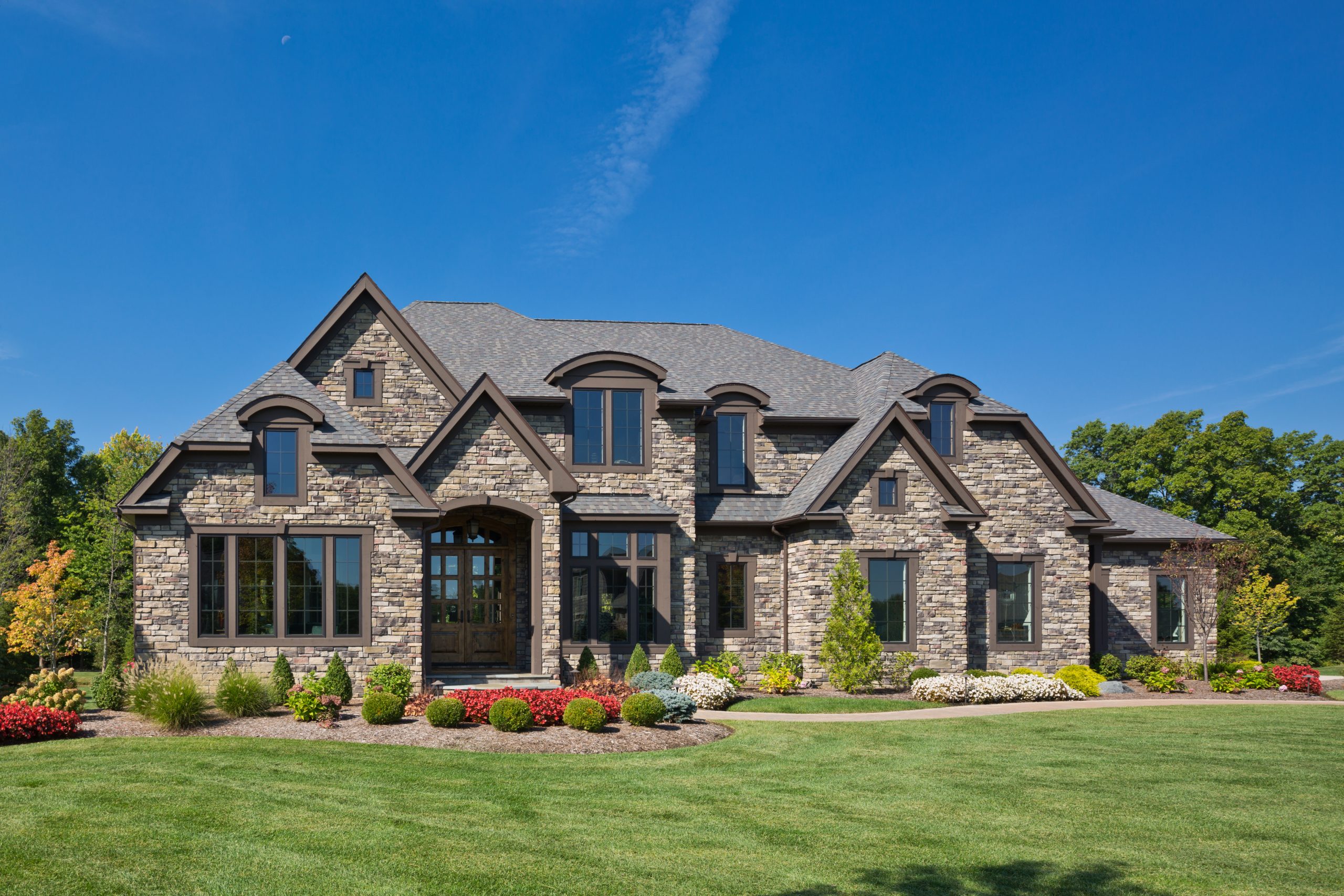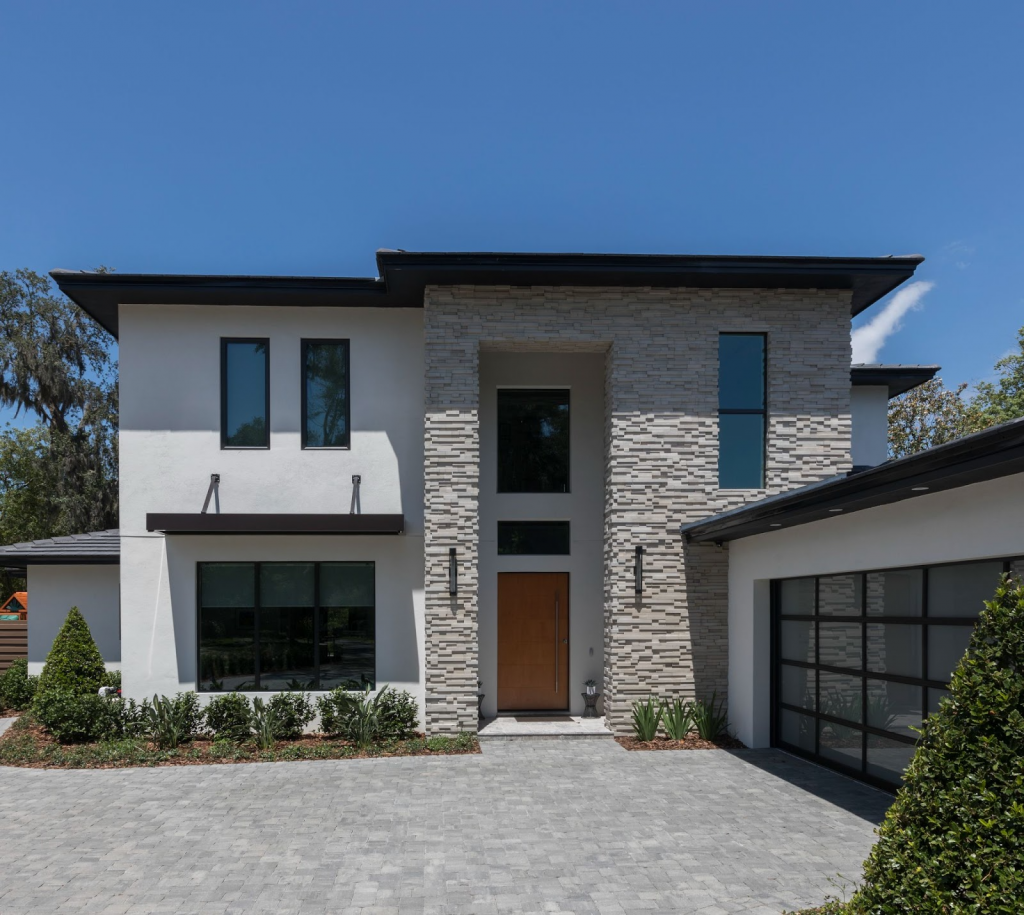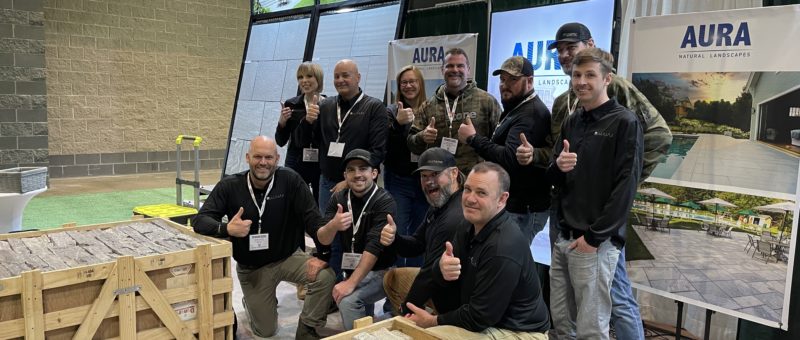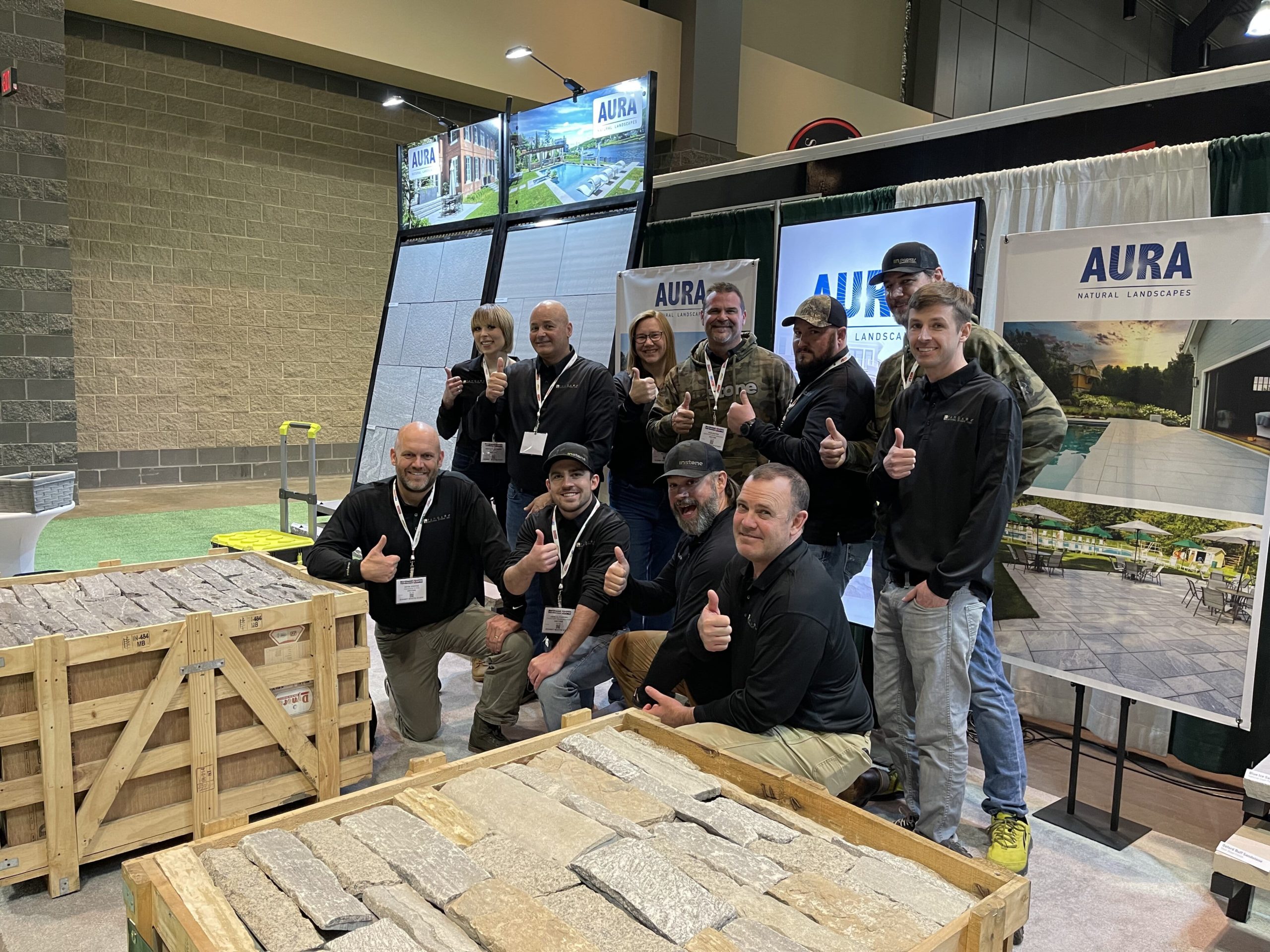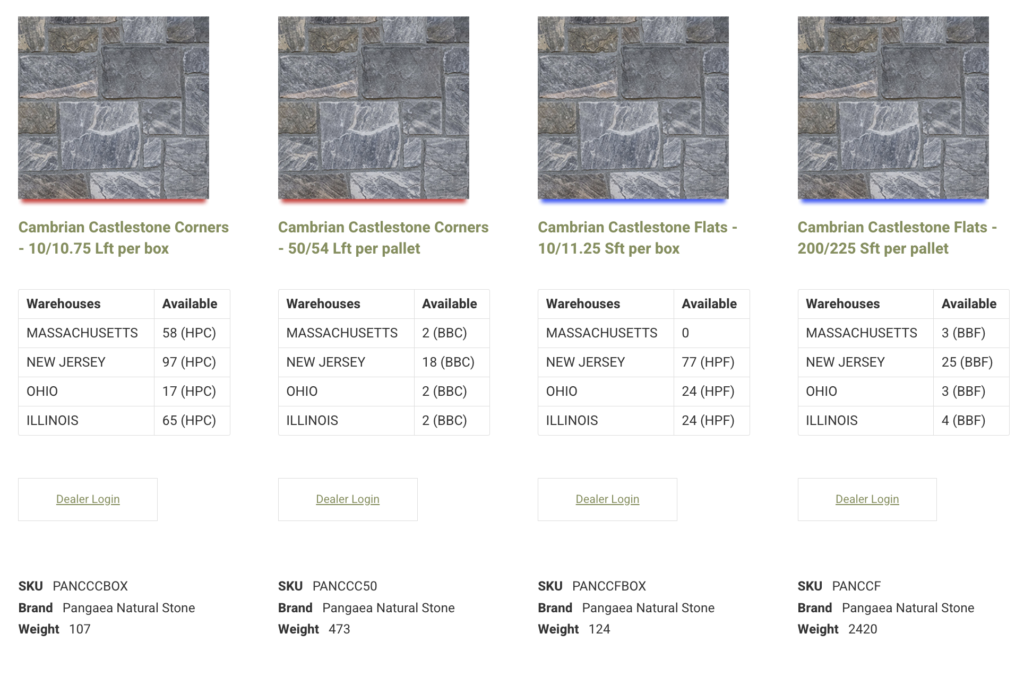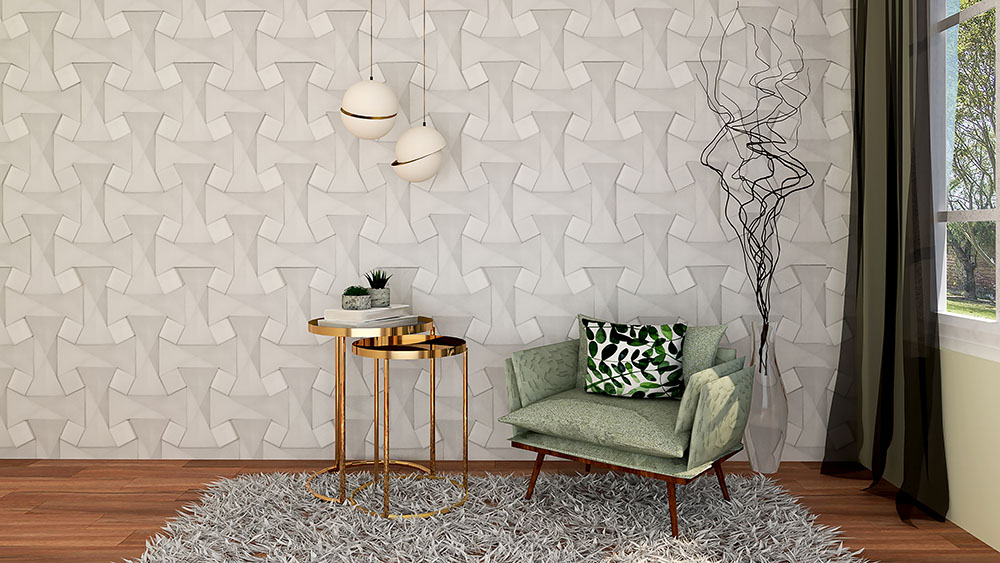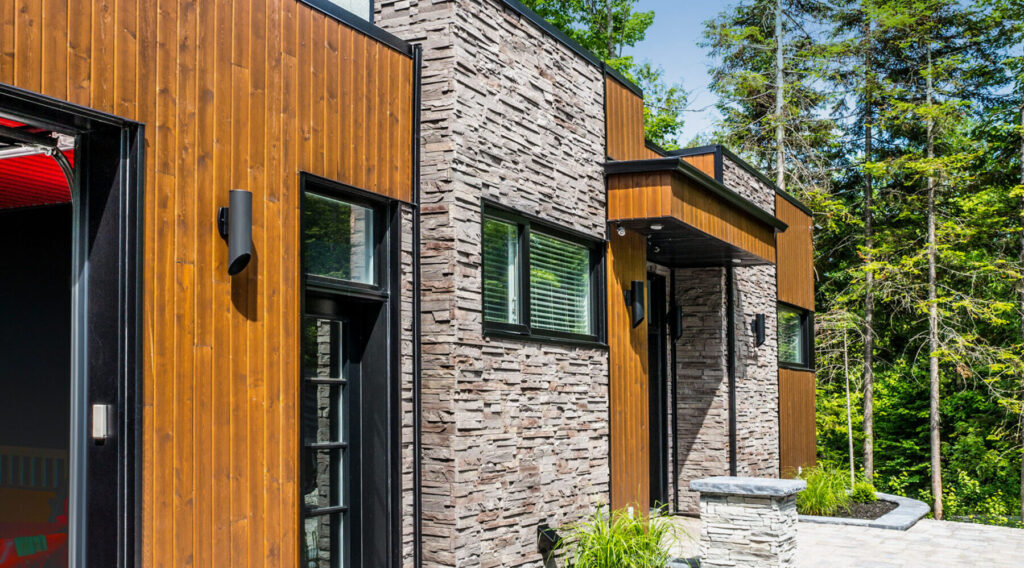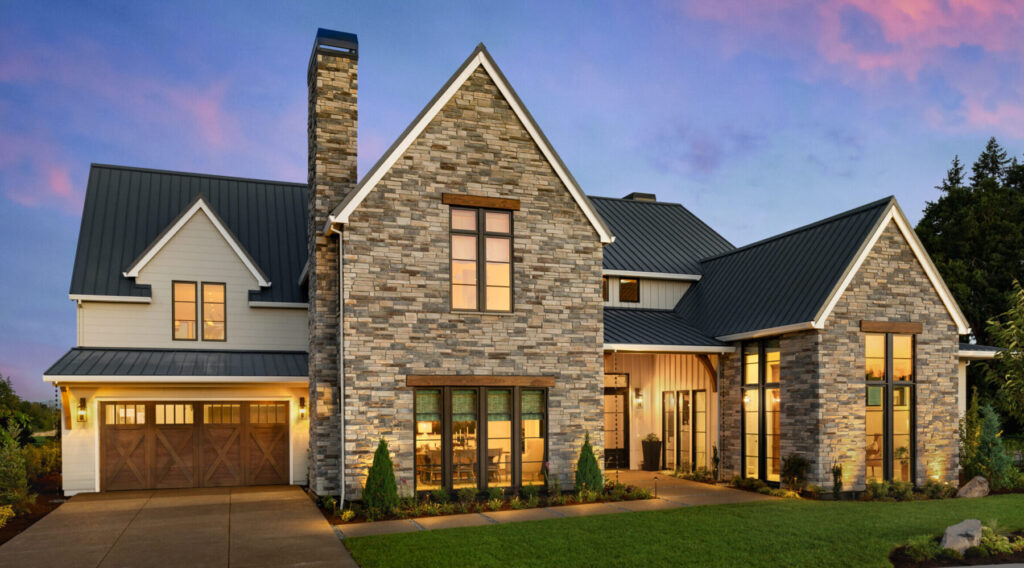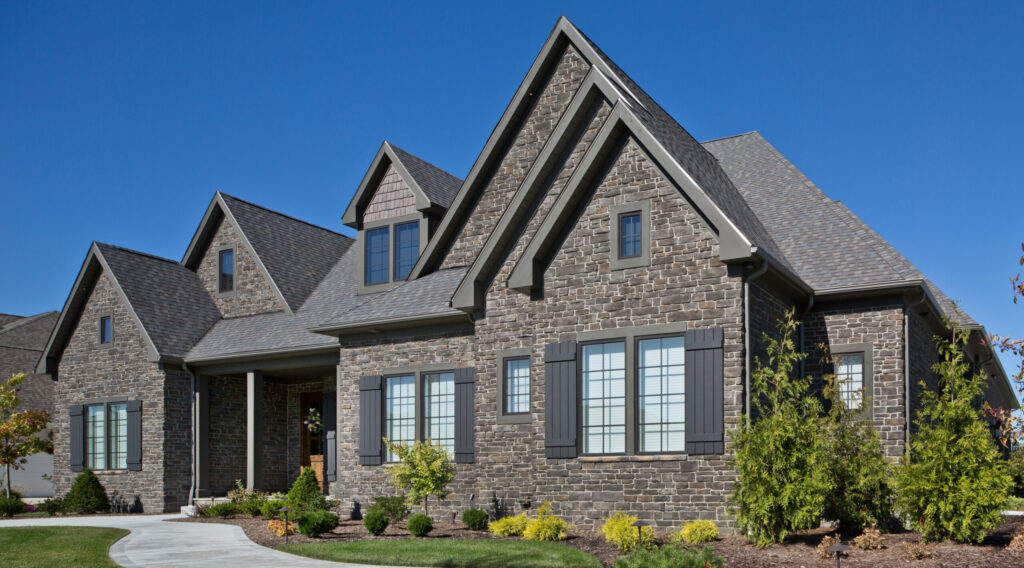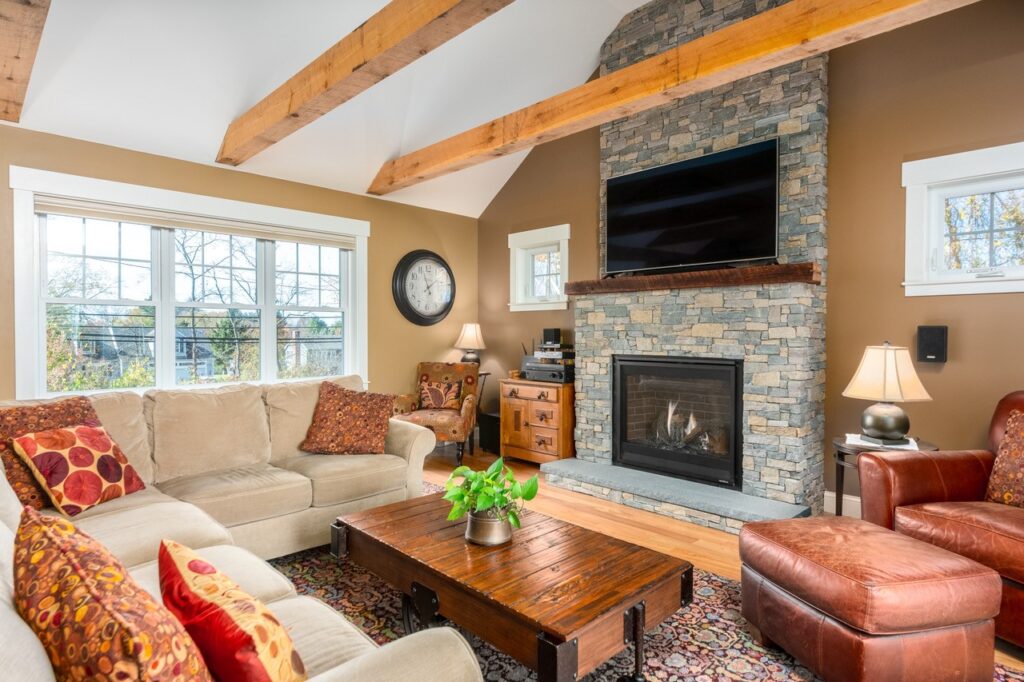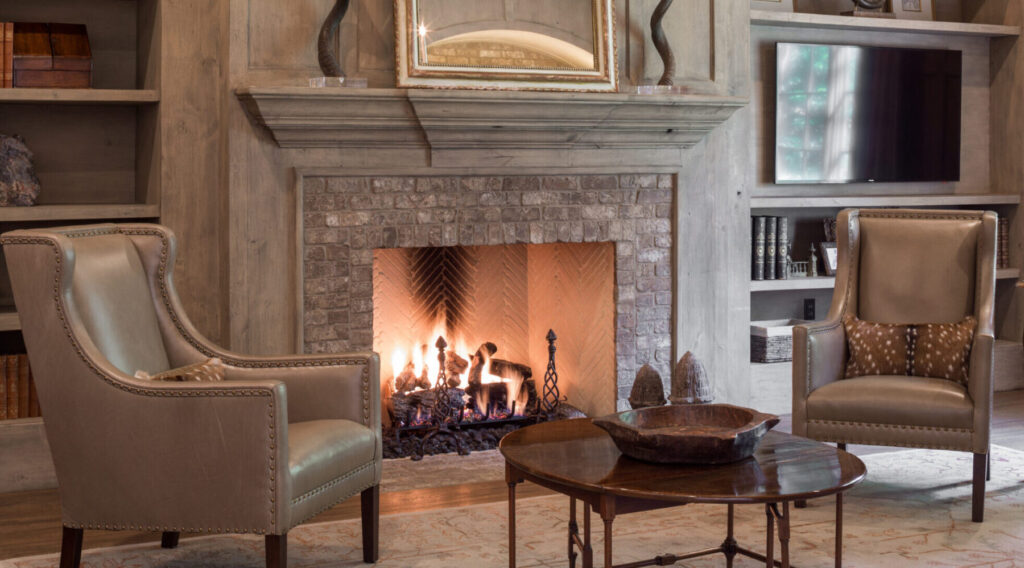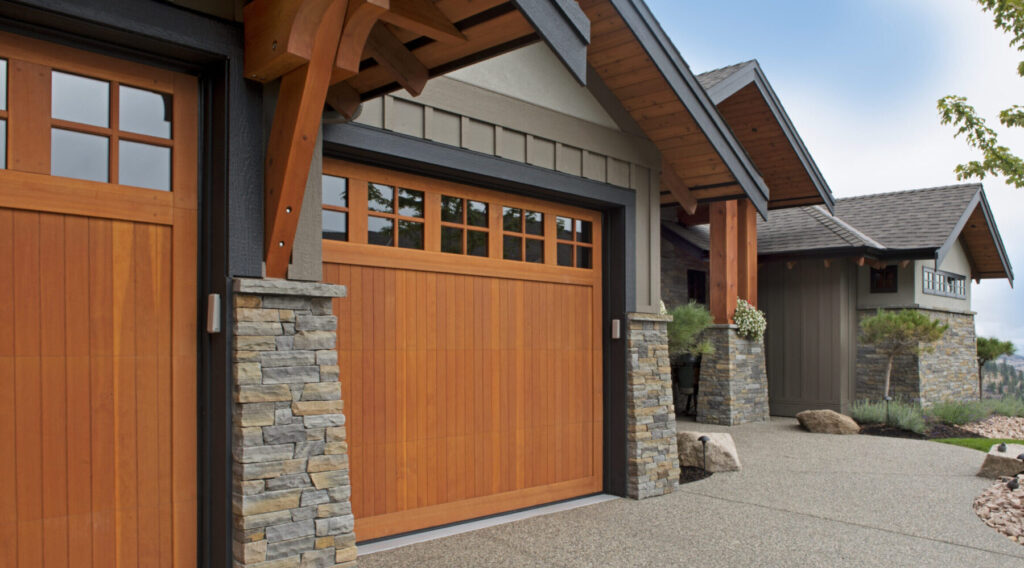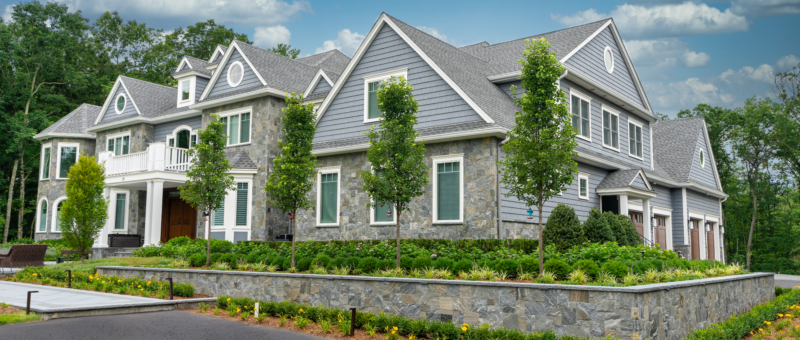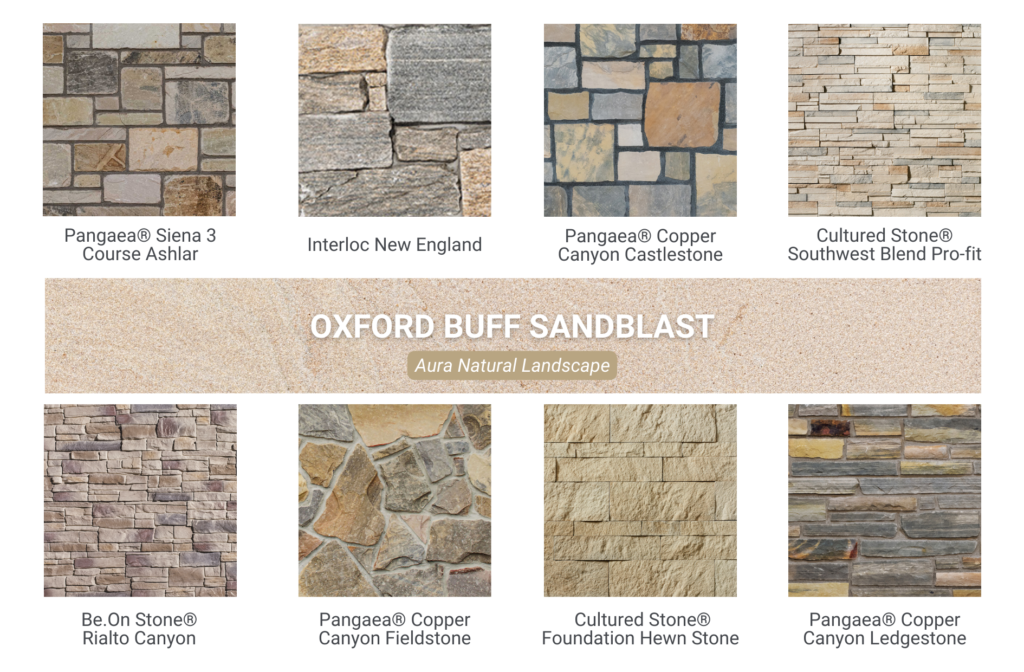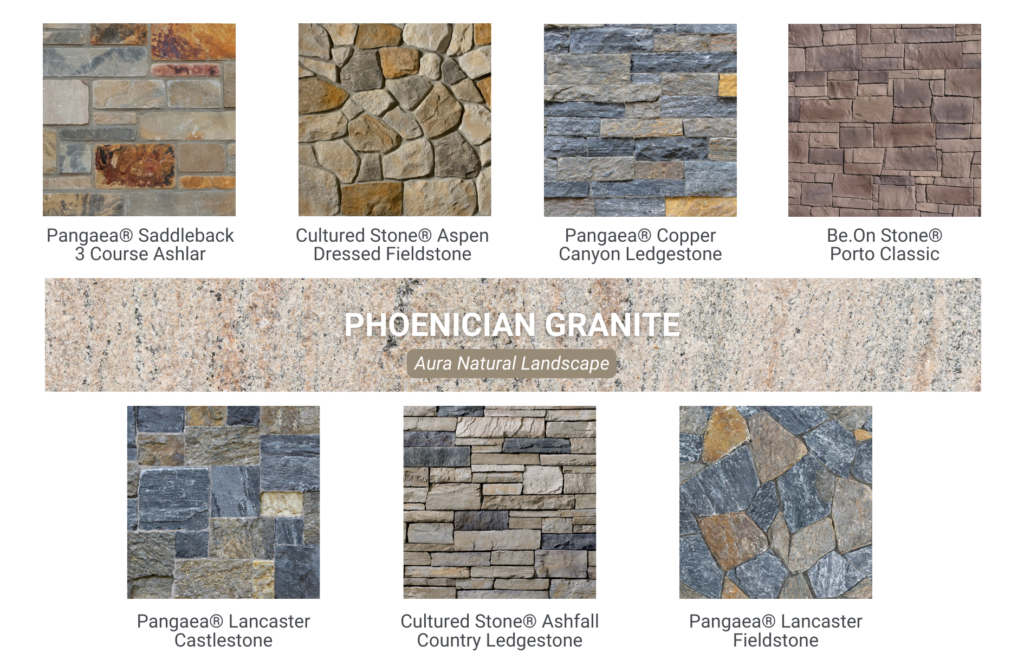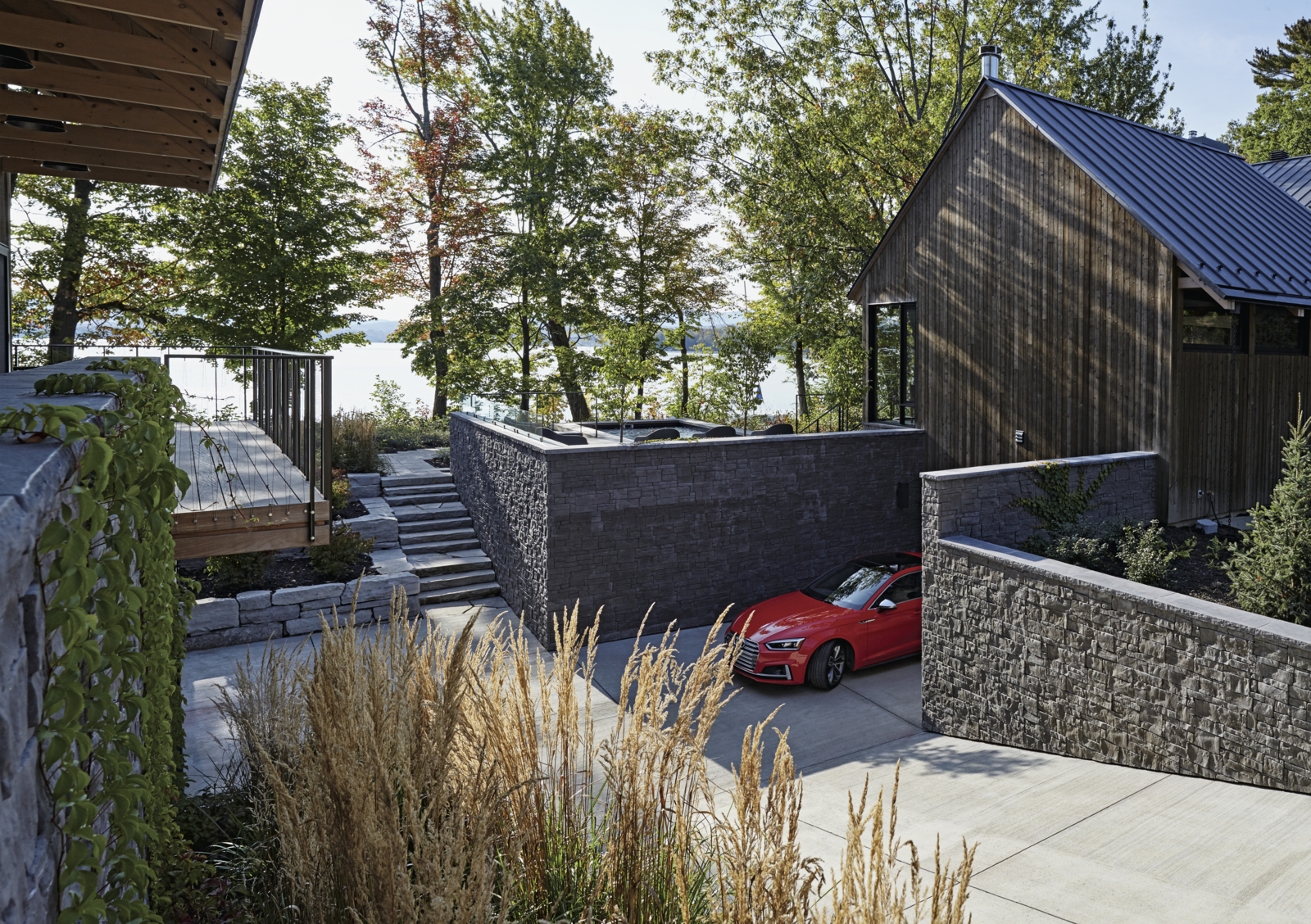
Upgrade Your Stone Veneer Siding Game: Get Quick & Stunning Results
Fast-track Your Masonry Projects with Instone’s Solutions
Whether you’re a contractor or a weekend warrior do-it-yourselfer, you feel the need … The need for speed.
Installing a veneer one stone at a time is meticulous work that takes time. Time that could be spent on a family outing, crossing tasks off the to-do list, or doing the things you love. Or in the case of a masonry professional, time that holds you back from moving on to the next job.
Instone offers two high quality solutions that are easy to install and help you cruise through stone veneer siding installations. Interloc Natural Stone Panels and Be.on® Stone are three to eight times faster to install. And they work well on interior and exterior applications.
Both stone siding brands have their own unique features but share a common approach in producing panels made of multiple stones. The professionally designed panels can cover plenty of ground in a hurry. The veneer panels fit together seamlessly and are designed for stress-free installation, making projects simple enough for any moderately handy do-it-yourselfer to take on.
Using Interloc or Be.on Stone, a wall that looks like it’s clad with thousands stones will only actually require a few dozen stone veneer panels. Chris Camosse, general manager for Massachusetts-based Camosse Masonry Supply, said these creative products have been hot sellers and given his company an edge.
“With the proprietary products that Instone finds, it allows us to have something that our competitors in the area don’t have – for example, the Interloc interlocking panel systems,” Camosse said. “These have become a huge success not only with homeowners but with contractors. Everyone sees the value of the product and the time it saves.”
A Loc on Quality
Interloc panels feature thin natural stone pieces that are set into mortar and shaped to fit tightly together, hiding joints and giving the appearance of a stacked stone masonry wall. With Interloc, the hard work of selecting and arranging individual stones is already handled at the factory. Adding to the ease of installation, Interloc stone veneer panels have rough grooves on their backs that aid bonding.
Camosse first began carrying Interloc products about three years ago. Since then, he has held short how-to courses for contractors to introduce the product. During the courses, he demonstrates the panels’ consistency, time savings, and helps them become familiar with the product.
“The product we got on day one was the same quality as the product we got a year in, so that proved a lot to us as well.”
Chris Camosse, general manager for Massachusetts-based Camosse Masonry Supply
Interloc is available in two styles: New England, which features a blend of grey and warm, earthy colored stones, and Berkshire, a more consistent grey stone with sandy highlights. Use our online savings calculator to compare costs of Interloc vs. standard stone veneer siding.
Above and Be.on for Simplicity
Instone President and CEO Kevin Grotke recently took on a DIY project of his own, adding wainscoting around the outside of a cottage he bought for family getaways. After giving some thought to his options, he determined Be.on Stone mortarless stone veneer siding was the ideal choice.
“We’re only here on the weekends so I’ve only got a day and a half to get this done, which is why I decided to go with this rather than a mortar and a lath application.”
Kevin Grotke, Instone president and CEO
Be.on Stone, also known as “screw-on stone veneer” or “stone veneer siding,” requires no mortar. It requires few tools – if you have a screw gun, a tile saw, a level and a tape measure, you’re off to the races.
As Grotke demonstrates in this video, the key is applying a starter strip along the base of the wall at the beginning of the job and making sure it’s level.
Once you’ve screwed in the initial row of veneer panels, you can run the rest of your panels above them quickly and perfectly level. Whether you have a standard OSB or plywood wall, you only need two or three fasteners per panel and don’t need to hit a stud.
Best of all, you won’t need a confusing assortment of panels to form your corners. As explained in our InBuilding Design series, the same pieces are used for inside and outside corners.
“You don’t need to order inside corners, you don’t need outside corners. One panel does it all,” Hortigan said. “All you have to do is figure out what your square footage is.”
Plus, with Be.on Stone’s patented D.Rain water management system, any rain that makes it behind the stone veneer drains automatically to the bottom of the wall, preventing mold and other damage to the structure. The product also has a 50-year warranty.
Be.on Stone comes in four styles, ranging from the Element collection, with its old European flavor, to the more contemporary Horizon. Each has its own variety of color options. Try our Virtual Designer for an instant glimpse at what a Be.on Stone veneer would look like on your home.
We Make it Easy!
Contact Instone today to learn more about why Interloc and Be.on Stone products are the fast, easy solutions for your next stone veneer job or DIY home exterior and siding project.
